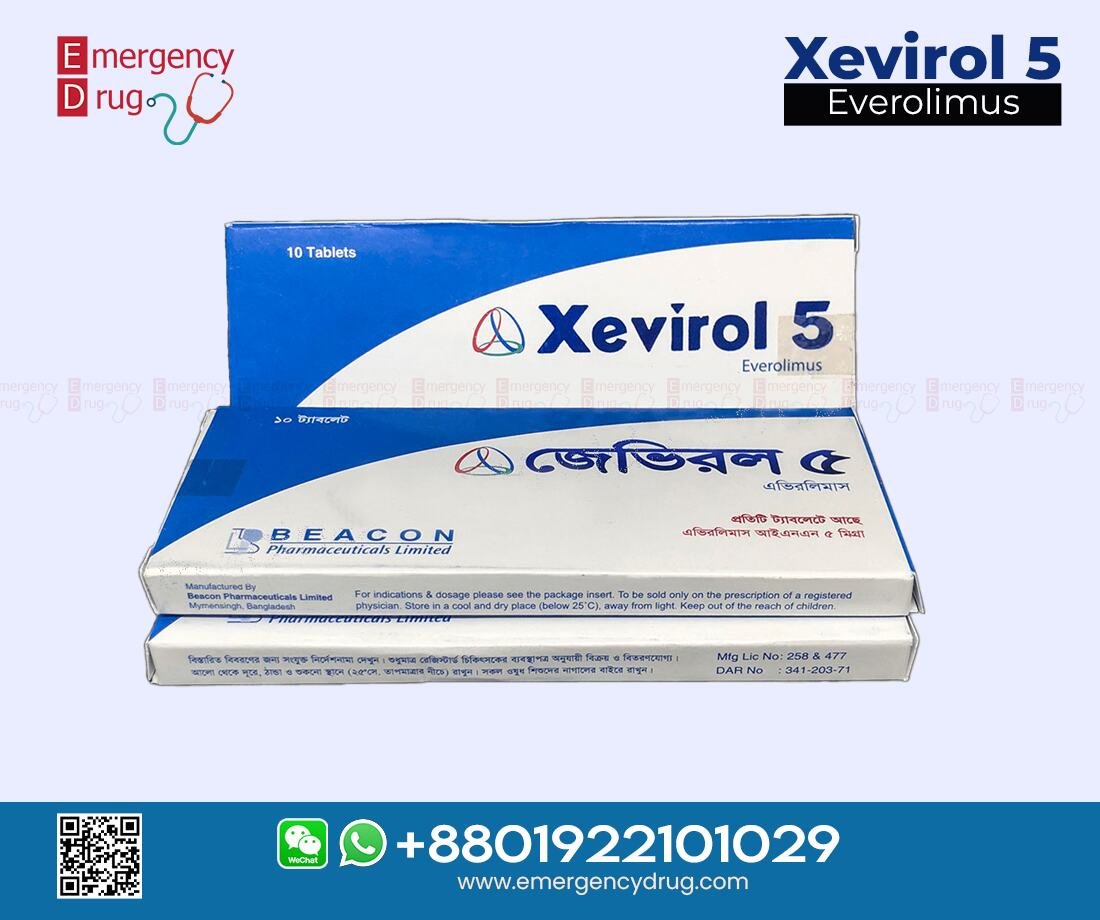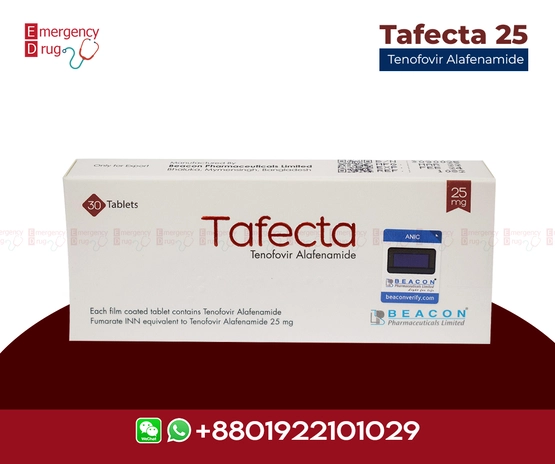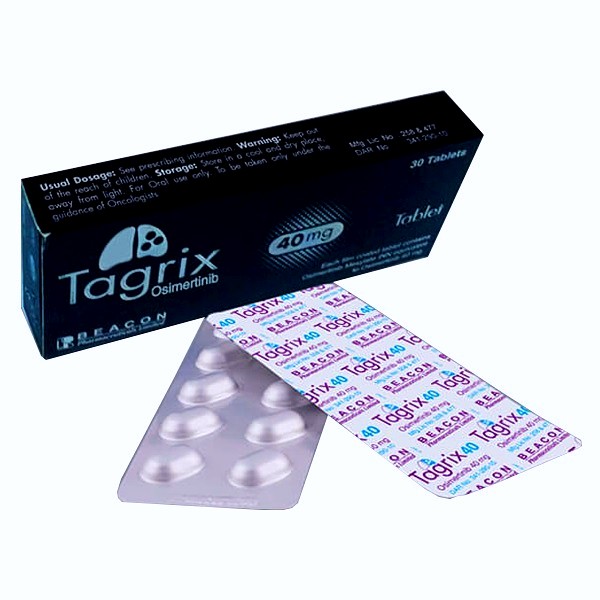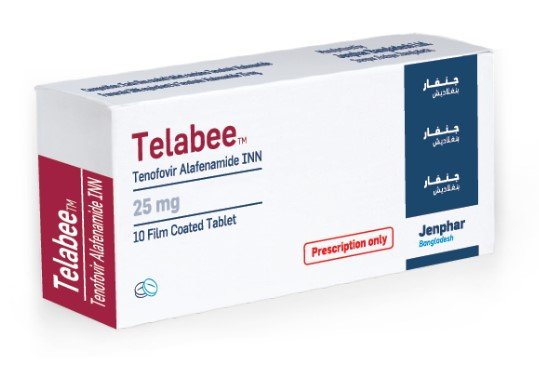Description
Selinex tablet: Each film coated tablet contains Selinexor INN 20 mg.
Product Features
| Product Name | : | Selinex |
| Generic Name | : | Selinexor |
| Formulation | : | Tablets |
| Available Pack Size | : | 16’s Pot |
| Available Strength | : | 20 mg |
| Registrations | : | Export Only |
Selinexor Mechanism of Action
In lab studies, Selinexor works by blocking a protein called exportin 1 (XPO1), which normally shuttles certain proteins and genetic material out of the cell nucleus. By doing so, Selinexor stops the export of tumor suppressor proteins (TSPs), growth regulators, and mRNA of cancer-causing proteins.
This causes these TSPs to accumulate inside the nucleus, reduces levels of cancer-promoting proteins like c-myc and cyclin D1, and ultimately leads to the halt of cell growth and the death of cancer cells through a process called apoptosis. Selinex has shown promising results in test tubes and animal models, indicating its potential to combat multiple myeloma by inducing cancer cell death.
Dosage and Administration
For the recommended dosage and administration of Selinexor, start with 80 mg (four 20 mg tablets) taken orally on Days 1 and 3 of each week until disease progression or unacceptable toxicity develops. Concurrently, take 20 mg of dexamethasone orally with each Selinexor dose on these days.
It’s important to maintain consistency in timing for each dose of Selinexor and to swallow the tablets whole with water without crushing, chewing, breaking, or dividing them. If a dose is missed or delayed, take the next dose at the usual time, and if vomiting occurs after taking a dose, do not repeat it but continue with the next dose as scheduled.
Monitor complete blood count (CBC), standard blood chemistry, and body weight at baseline and during treatment, with increased frequency during the first two months. Patients should ensure adequate fluid and caloric intake throughout treatment, with intravenous hydration considered for those at risk of dehydration. Prophylactic concomitant treatment with a 5-HT3 antagonist or other anti-nausea agents is recommended before and during Selinexor treatment.
Warnings and Precautions
Thrombocytopenia
Selinexor may lead to low platelet counts (thrombocytopenia), increasing the risk of severe bleeding. This condition affected 74% of patients, with severe cases in 61%. The first event typically occurred after about 22 days of treatment. Bleeding occurred in 23% of patients with thrombocytopenia, and fatal hemorrhage in less than 1%. Regularly monitor platelet counts, especially during the initial two months of treatment. Take necessary steps, including platelet transfusions, based on severity.
Neutropenia
Neutropenia, a decrease in a type of white blood cell, can occur with Selinexor, increasing the risk of infections. This condition affected 34% of patients, with severe cases in 21%. Febrile neutropenia occurred in 3% of patients. Regularly monitor neutrophil counts, especially during the initial two months of treatment. Promptly assess and manage any signs of infection. Supportive measures, such as antimicrobial therapy and growth factors, may be necessary.
Gastrointestinal Toxicity
Gastrointestinal issues, including nausea, vomiting, diarrhea, anorexia, and weight loss, may occur with Selinexor.
- Nausea and vomiting: Nausea affected 72% of patients, with 9% experiencing severe nausea. Vomiting occurred in 41%, with 4% experiencing severe vomiting. Prophylactic use of anti-nausea medications is recommended.
- Diarrhea: Diarrhea occurred in 44% of patients, with 6% experiencing severe diarrhea. Manage with dose adjustments and anti-diarrheal medications.
- Anorexia and weight loss: Anorexia affected 53% of patients, with 5% experiencing severe anorexia. Weight loss occurred in 47%, with 1% experiencing severe weight loss. Monitor weight and manage with appropriate measures, including appetite stimulants and nutritional support.
Hyponatremia
Selinexor may cause low sodium levels (hyponatremia), which occurred in 39% of patients. Severe cases occurred in 22%. Monitor sodium levels regularly, particularly during the initial two months of treatment. Correct sodium levels and manage hyponatremia according to clinical guidelines.
Infections
Infections, including upper respiratory tract infections, pneumonia, and sepsis, occurred in 52% of patients. Grade ≥3 infections were reported in 25%, with 4% resulting in death. Monitor for signs of infection and manage promptly.
Neurological Toxicity
Neurological issues, such as dizziness, syncope, and changes in mental status, occurred in 30% of patients. Severe events occurred in 9%. Optimize hydration, hemoglobin levels, and medications to minimize these effects.
Embryo-Fetal Toxicity
Selinexor can harm a developing fetus based on animal studies. Advise pregnant women and those of reproductive potential to use effective contraception during treatment and for a week after the last dose.
Side Effects
- Dermatologic Adverse Reactions
- Tiredness
- Low red blood cell count (anemia). Symptoms may include tiredness and shortness of breath.
- Constipation
- Shortness of breath








Miraz –
Excellent Service they provided me with the medicine.